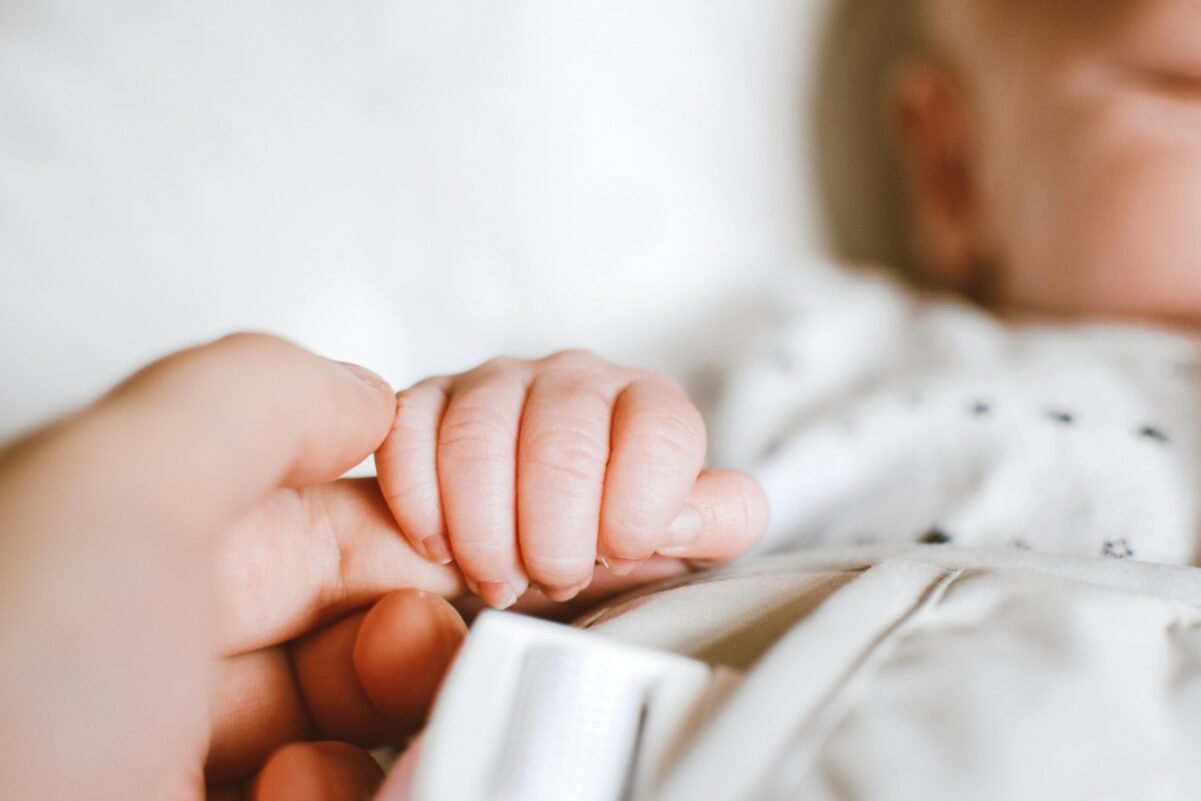
Will Increased Child Birth Payments Solve Ukraine’s Demographic Crisis? An In-Depth Analysis of Social Policy
The government has announced an increase in the one-time payment for the birth of a child to 50,000 hryvnias in 2026. This is the largest rise in such support over the past eleven years. Along with this, the state promises a number of new social programs from increased assistance for uninsured women to new child care payments and the “YeYasla” initiative for toddlers aged one to three. Spending on family support is growing the government wants to show: the state stands behind those who dare to have children in these difficult times. But a legitimate question arises: can financial support really impact demography? And are we missing the point by focusing only on the size of a one-time payment?
Experts in demography and social policy, including PhD in Economics Svitlana Aksyonova, emphasize:
“Such payments should primarily be considered not as a means of stimulating birth rates, but as support for families who dare to have children during these difficult times for society.”
In Ukraine, such payments are often seen as incentives to have more children. In reality, they only help families survive the period when household income falls and expenses sharply increase.
“Most families used these funds to fulfill their existing desire to have more children. The payments helped speed up or ease the decision, but did not fundamentally change reproductive intentions. Only isolated cases showed that a family had more children than planned, viewing the payment as a way to increase income.”
An important nuance: the difference between 41,000 and 50,000 hryvnias is symbolic against the backdrop of inflation and the real costs of raising a child. For most families, this amount does not even cover the basic needs in a child’s first year of life.
Mentality and Gender Roles: The Real Problem Lies Beyond Payments
The real reason for low birth rates is not just about money. Increasing payments, even by several thousand hryvnias, cannot compensate for deeper problems.
Ukraine still lacks a culture of shared responsibility for raising children. The attitude of men towards women-mothers, the father’s participation in daily life, the fulfillment of obligations to support the family this makes payments secondary.
According to statistics, tens of thousands of fathers avoid paying child support, and even more refrain from participating in raising their children.
The phrase “it’s not about the money, but about attitude” is key here.
A woman who decides to have a child is often left alone with all the burdens. And it is the fear of being left without support, not the low amount of payments, that often becomes the decisive barrier.
Payments That Ignore Reality: Inflation and Lack of Flexibility
The problem with a fixed sum is also that its amount has barely changed since 2014 despite significant price increases and a fall in purchasing power.
“In 2014, this assistance equaled 40 subsistence minimums; now it is only 20… This is just a ‘nice number,’ not tied to social indicators. Due to inflation, it no longer serves its intended purpose.”
Experts propose not to fix the amount, but to link it to the subsistence minimum or average wage. This would prevent situations where the payment simply depreciates and families are left alone with their problems.
Money Is Part of the Solution, But Not the Main One
No European country has solved the demographic crisis through money alone.
“Even if a ‘demographic miracle’ were to happen tomorrow in Ukraine and the birth rate jumped to 2.1 children per woman, it would take at least 40 years to stabilize the population. But migration allows us to close these ‘demographic gaps’ much faster.”
The key to change is a systematic family support policy, real responsibility of both parents, effective mechanisms for collecting child support, and changing public opinion about the roles of mothers and fathers. This requires comprehensive work by the state, education, media, social services, and society itself.
Increasing payments is a good step that can somewhat ease the start of a new life in the family. But it will not affect the decision to have a child unless something more fundamental changes in the country mentality and male responsibility, fatherly support, true partnership in the family. It is this, not the payment amount, that determines a woman’s readiness for motherhood.
Without a shift in attitudes towards mothers, without real state and community support, without work on mental stereotypes, no amount of money no matter how large will become a real stimulus for having children.
So the question is not just about payments. It is about cultural standards, respect for women and children, social guarantees, and an atmosphere of trust that a modern Ukraine can and must create.














